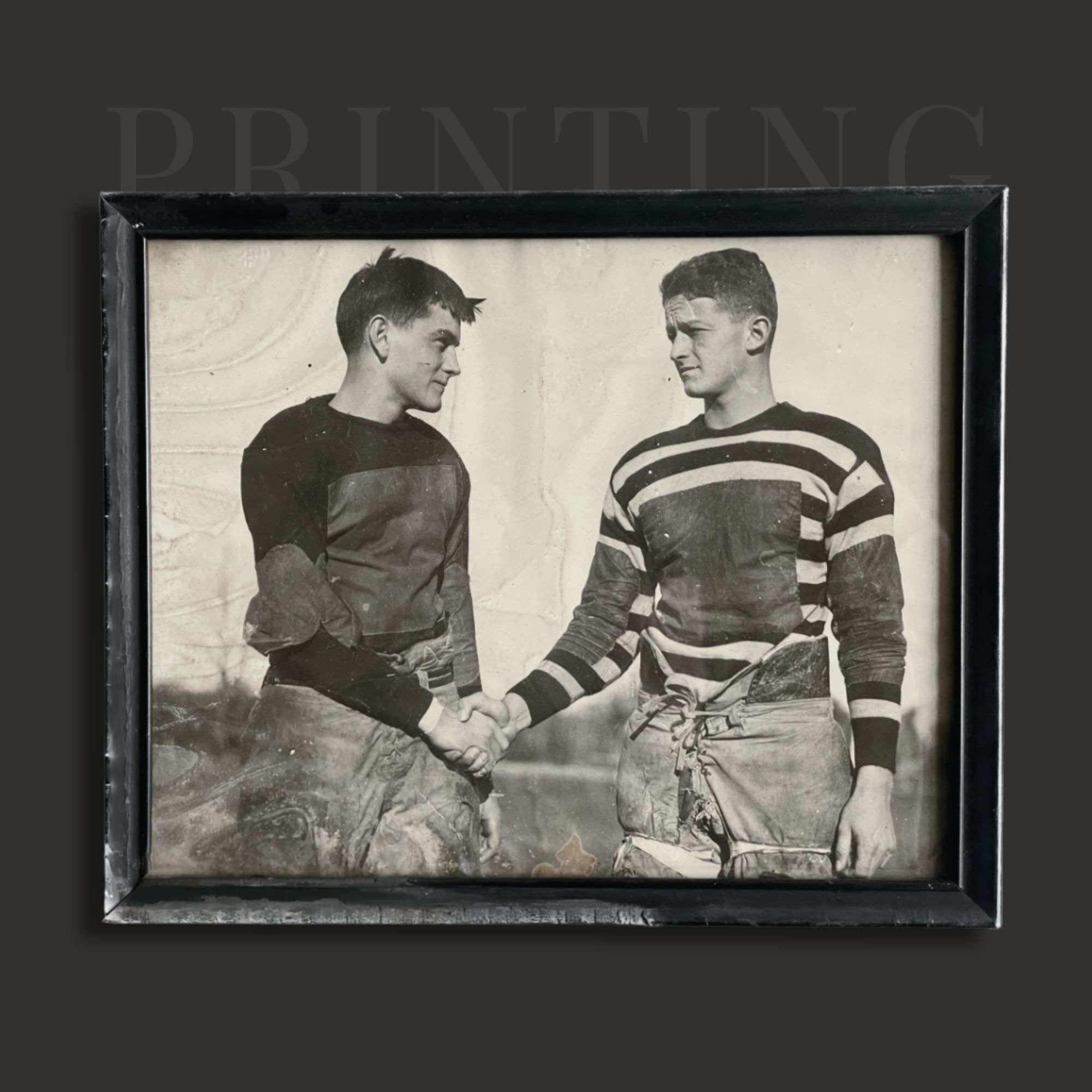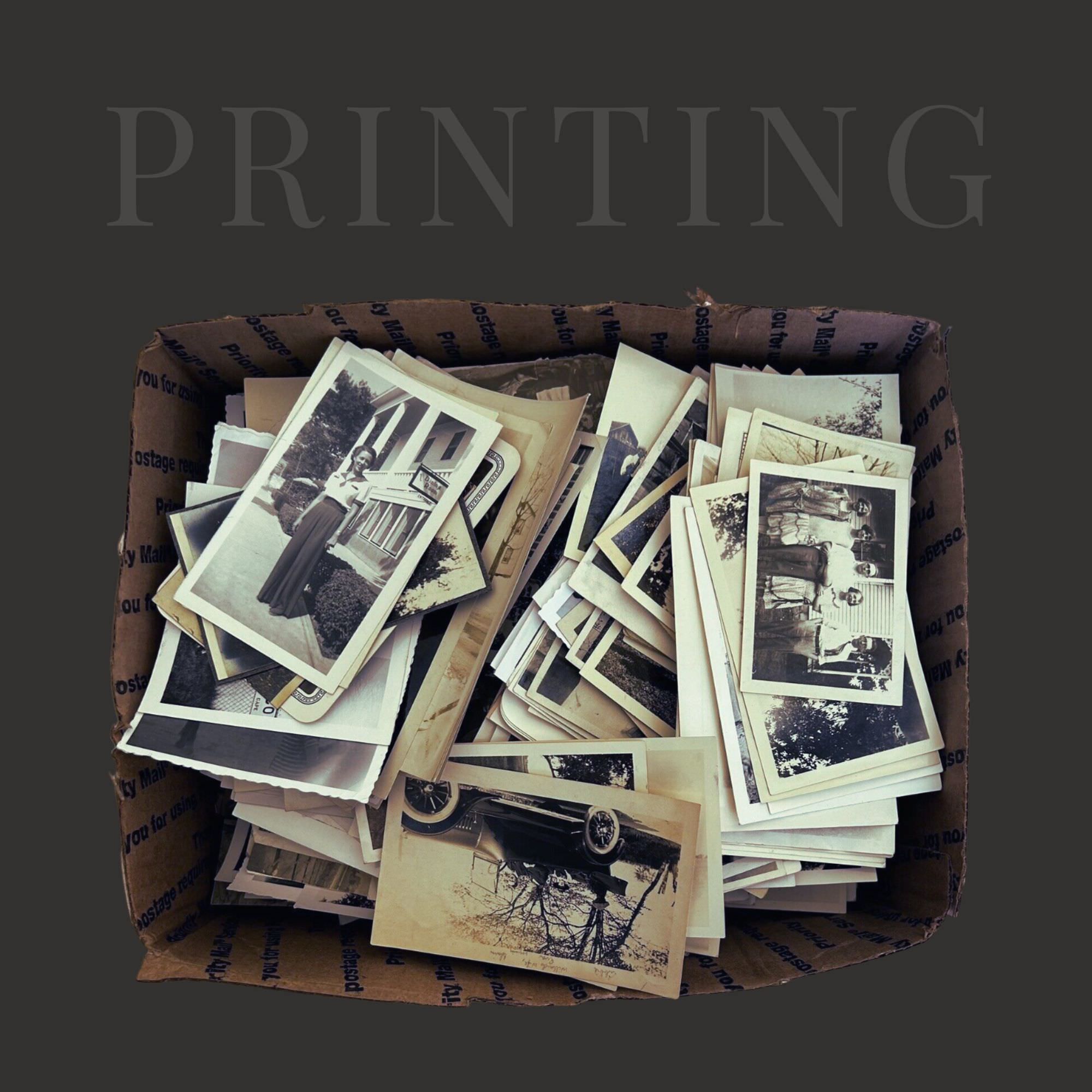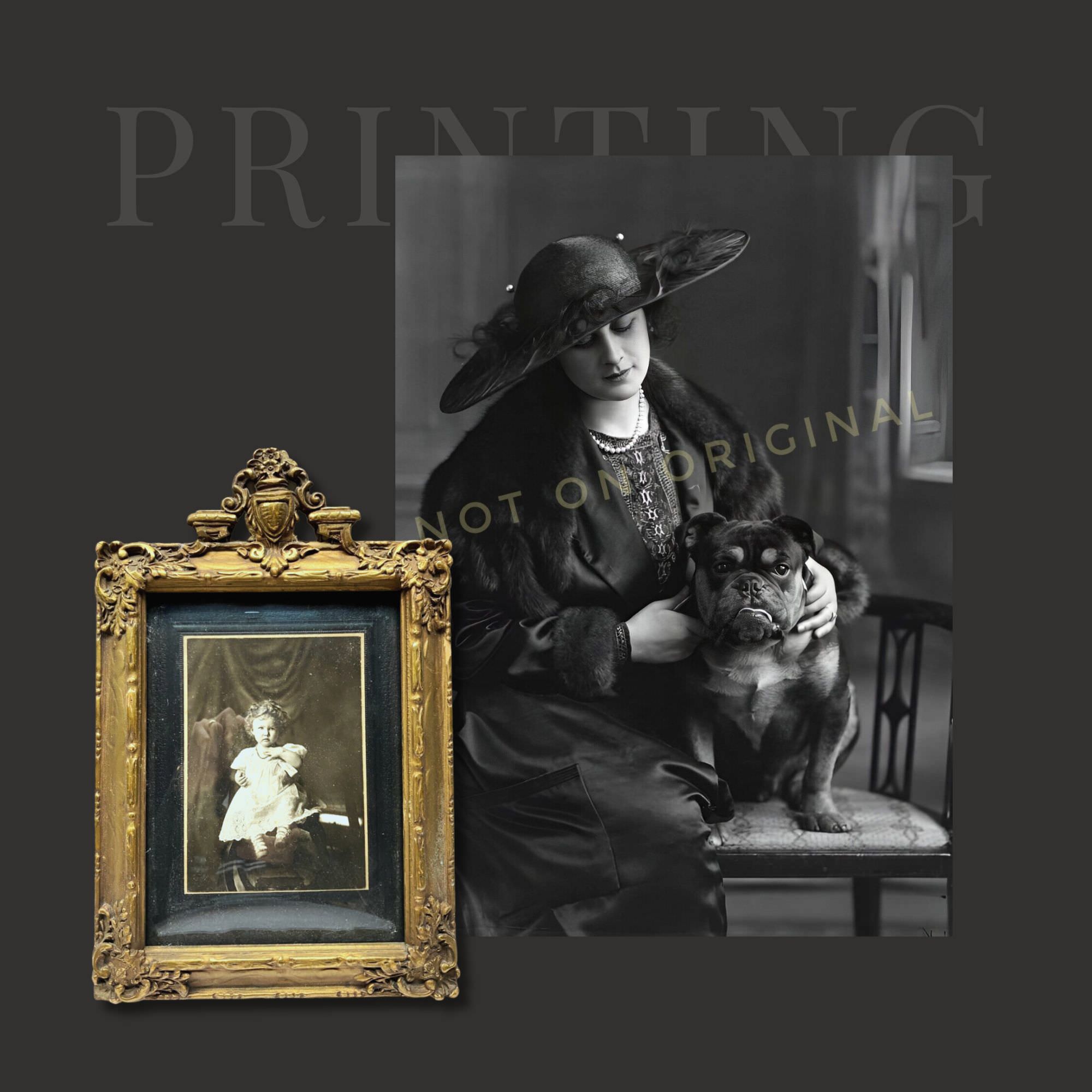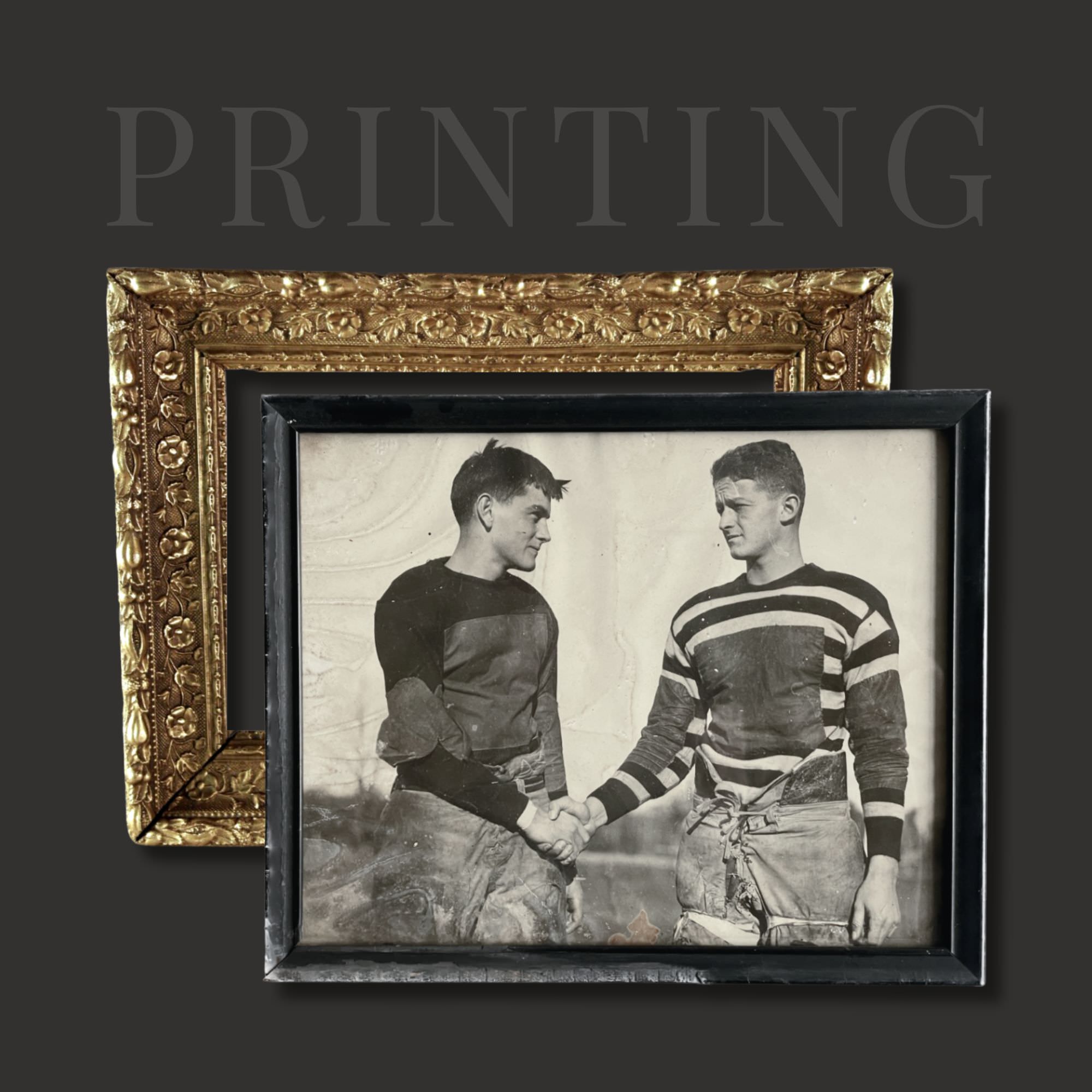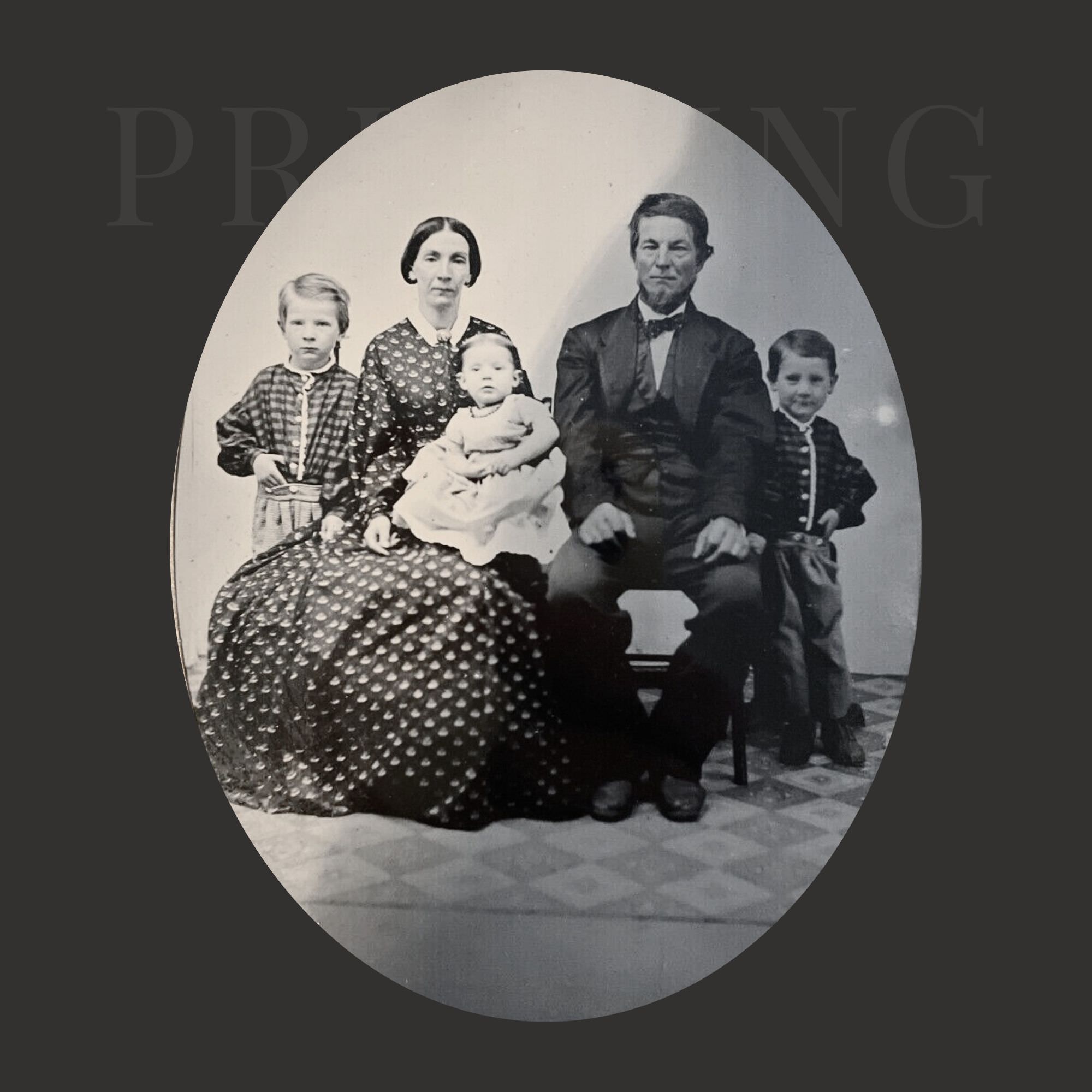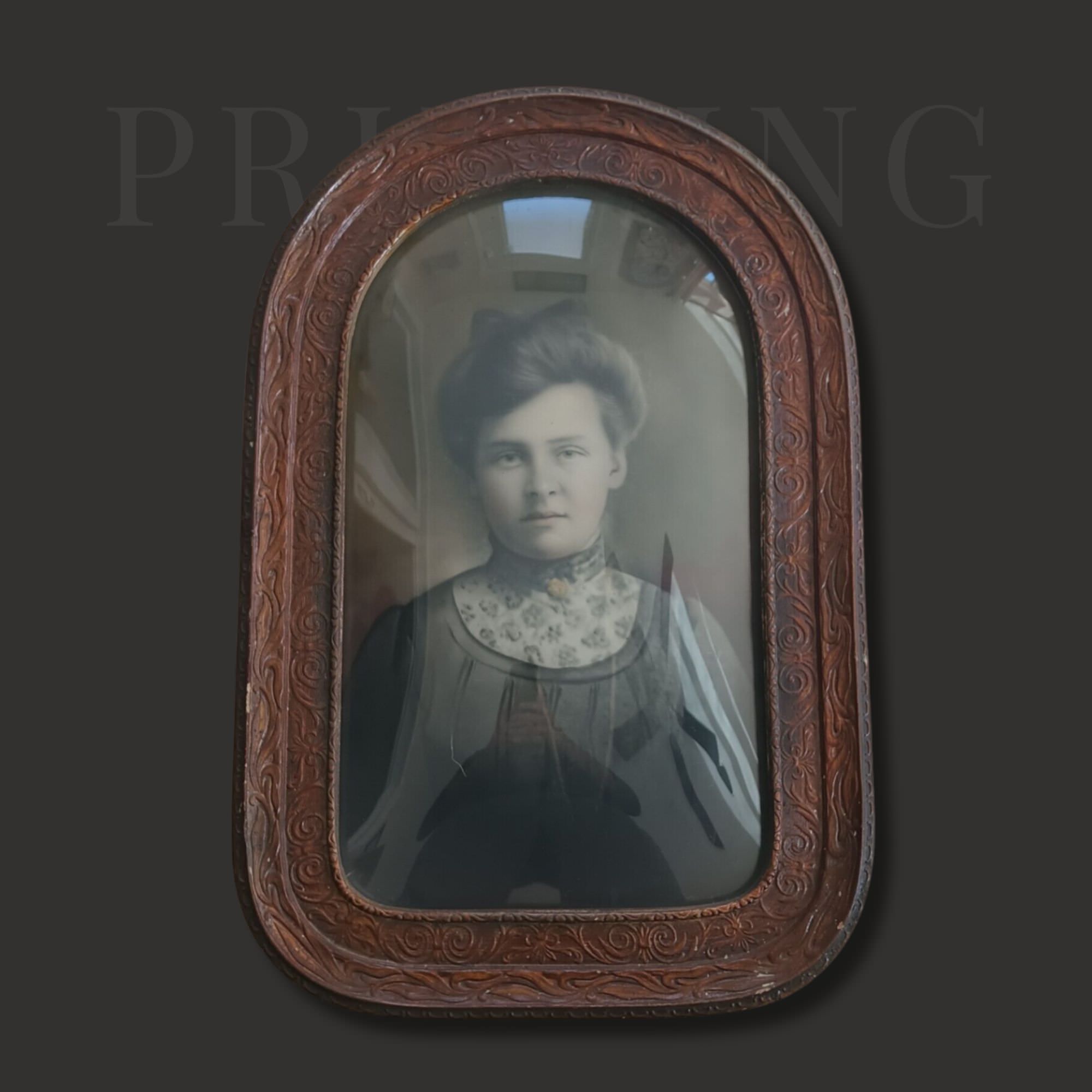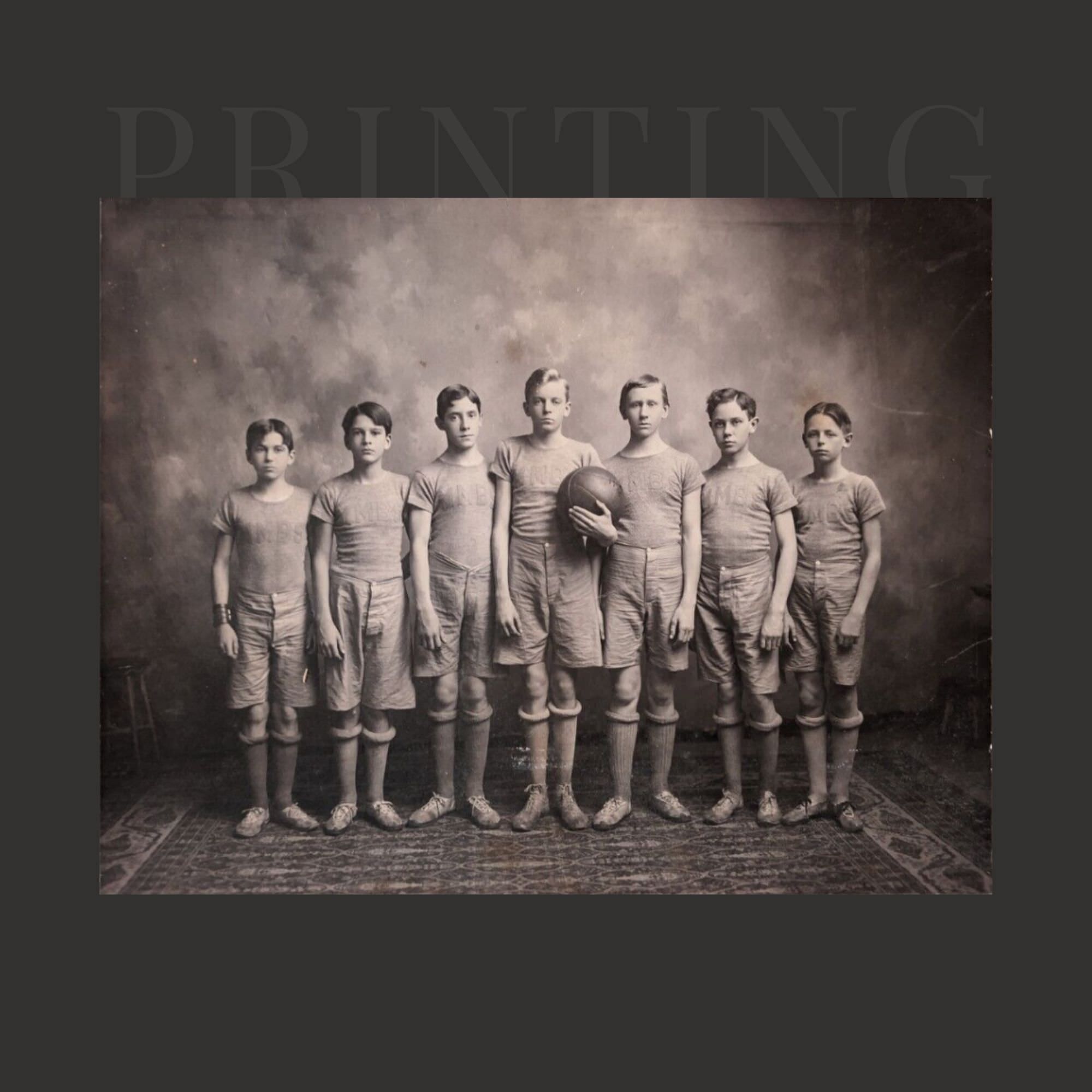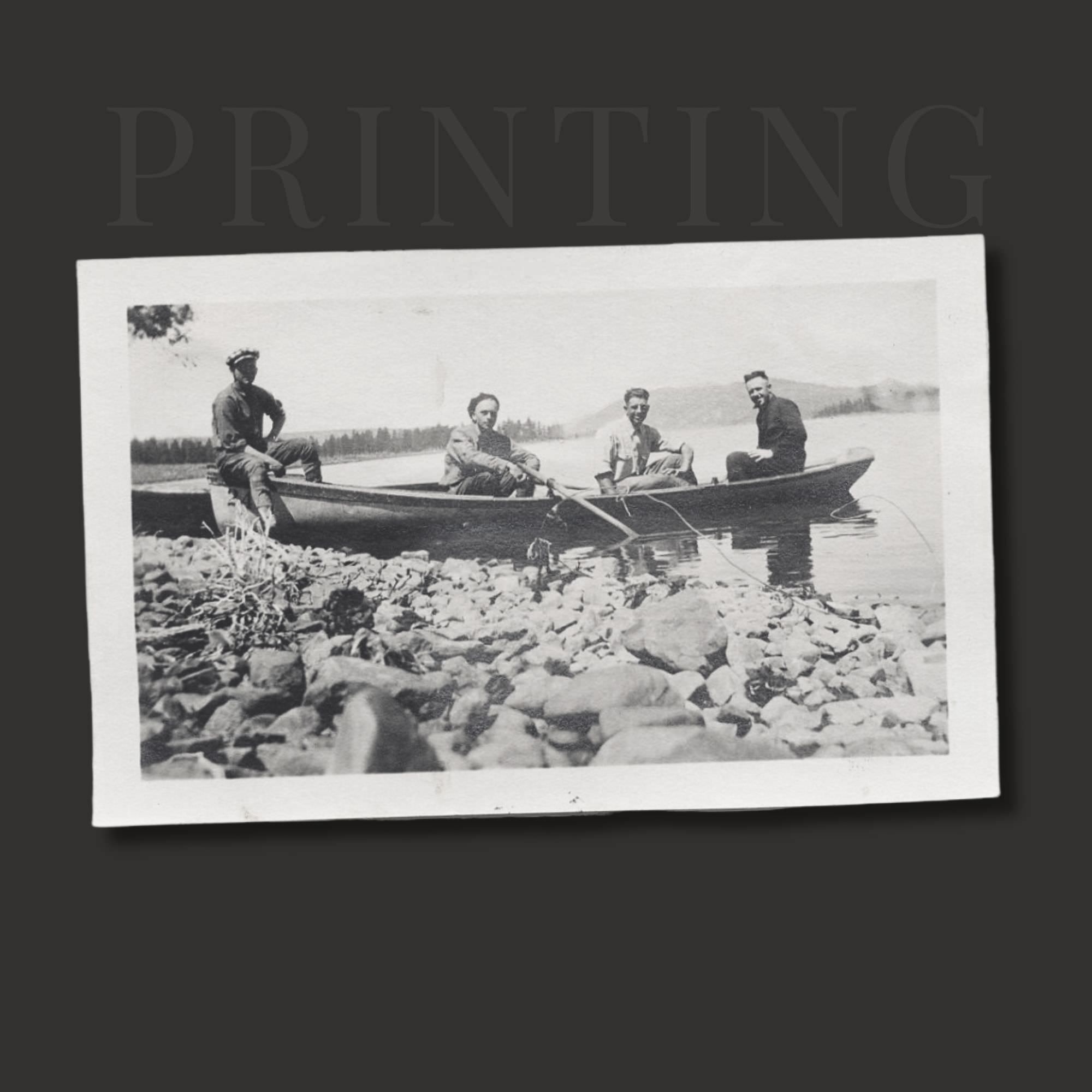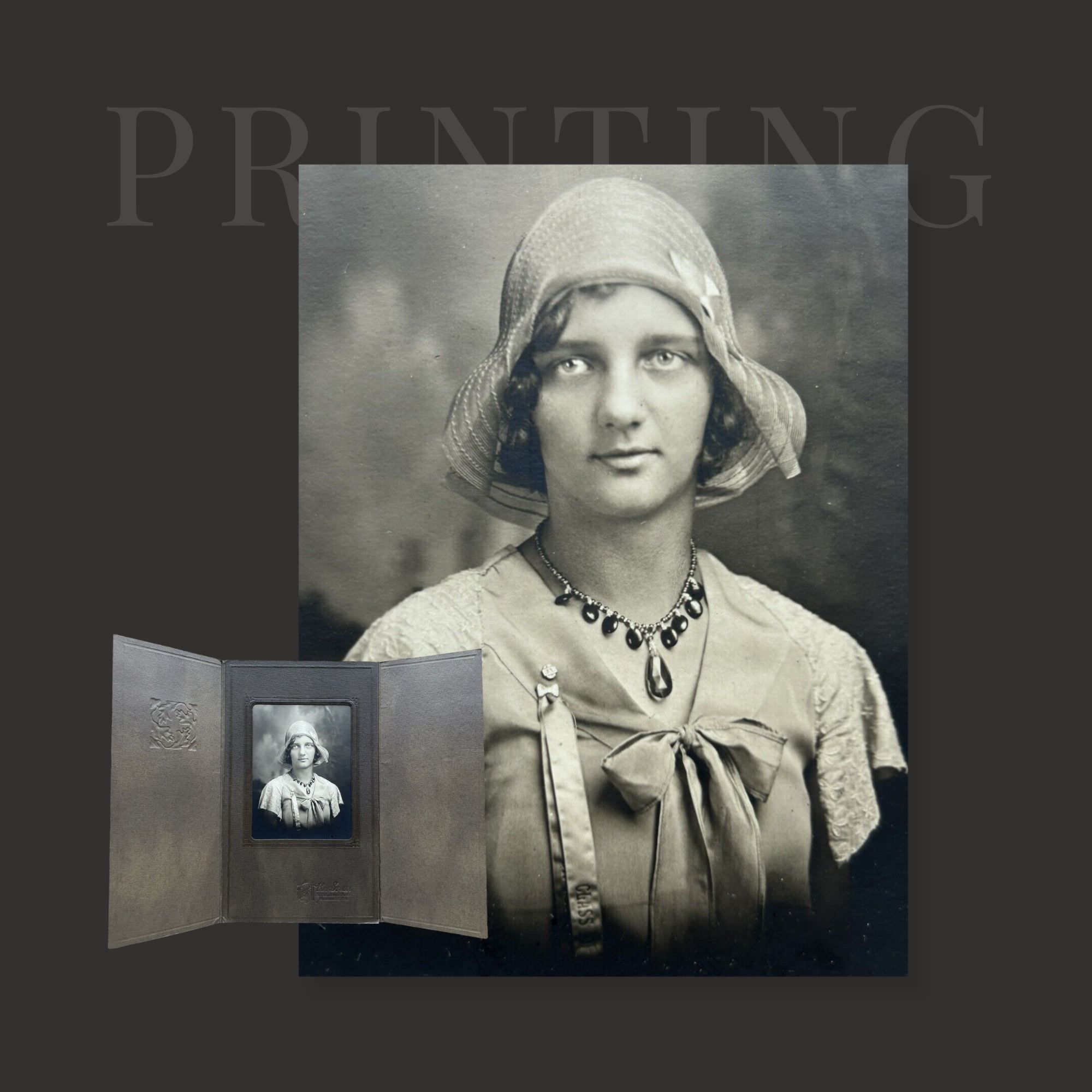In our modern society, we drown in a sea of photos, with around 4,000 stored digitally, yet only a few, typically just four prints, make it onto our walls.

A. The Significance of Printed Imagery
While the digital world has undeniably transformed our lives, there’s a side of our visual history that often gets overlooked—printed imagery. In our modern society, we drown in a sea of photos, with around 4,000 stored digitally, yet only a few, typically just four prints, make it onto our walls.
In our society, the sheer volume of photos often dilutes the celebration of truly remarkable images. Many pictures merely serve as memory triggers rather than being cherished for their exceptional quality.
As time has progressed, our means of storing memories have evolved from film rolls to CDs, USBs, and now online platforms like Facebook and the Cloud. Yet, amidst this digital revolution, the practice of adorning our walls with spectacular printed art seems to be dwindling. The lost tradition of carefully selecting and displaying portraits, once prevalent in the era of film and formal studio portraits, has given way to a digital age where tangible, framed artwork is a rarity.
Reflecting on personal experiences, the allure of studio portraits from childhood is something I celebrated. I recently acquired a spectacular 16×20 portrait of a woman that seemed to be from the 1020’s at a local auction. Encased in a Victorian gesso gold oval Convex bubble frame, the photograph celebrated this woman’s life and beauty. I kept her portrait in the frame, just the way she bought it.
The appreciation for printed art displayed on walls, a practice prevalent in the late 19th to early 20th centuries, stands in stark contrast to the contemporary era’s tendency to overlook the significance of a well-framed portrait.
Will you remember where you saved these images in 15-20 years?
B. Technology changes… and fails.
In the landscape of technology, glitches and failures are not unfamiliar experiences.
How many of us have encountered the frustration of a crashed phone, computer, or external drive? It’s a common thread amongst many people. Newer computers don’t feature CD slots, and some even omit USB ports, showcasing the rapid shift away from traditional storage methods.
What do you do with CD’s with photos from 20 years ago? The challenge now is, how to do you retrieve that data?
Consider the transient nature of online platforms—what if Facebook, the current giant, follows the fate of MySpace? What if your account is deleted due to sharing the wrong article? I have lost an account on facebook along with so many others.
The reliance on the cloud raises concerns; what if it becomes prohibitively expensive or the hosting company ceases to exist?
As we navigate the digital existence, these are questions that we contemplate.
What happens to our cherished photos and memories when we pass away? Do we meticulously document our passwords for our loved ones to access our accounts? Moreover, the challenge persists in locating saved images after a considerable span of 15-20 years.
Will you remember where you saved these images in 15-20 years?
It sounds harsh but the reality is technology isn’t fool proof.
C. The Psychological benefits for your kids
Research consistently demonstrates the profound psychological benefits that children derive from growing up in homes with prominently displayed photos of themselves. Beyond mere decoration, these visual representations contribute to a sense of confidence and belonging. Studies indicate that children raised in such environments exhibit greater self-assurance and a stronger connection to their roots compared to their peers.
The tangible presence of their images on display instills in them a heightened sense of value, as they witness their significance. This exposure to visual affirmations translates into a deeper understanding of their identity and origin. The impact is significant, shaping a child’s perception of their place in the world.
Judy Weiser aptly captures this sentiment, stating,
“When a child see’s a family portrait with them included in the photograph they say to themselves: ‘These people have me as part of what they are, that’s why I belong here. This is where I come from.”
The visual affirmation of their presence within the family unit becomes a powerful catalyst for a child’s emotional well-being and a cornerstone for building a strong sense of self.
D . You deserve to be remembered
The desire to be remembered extends beyond mere appearances; it encompasses the profound impact one has on others. In essence, you not only deserve to be remembered, but you deserve to be remembered for the emotions you stirred, the love you shared, and the laughter you brought into the lives of those around you. These are the enduring memories that truly encapsulate a person’s legacy—a legacy defined not just by how they looked, but by how they made others feel.
My challenge to you
Don’t use technology as your only source of storage for photographs
Make sure your in these images, not just behind the camera
Display your artwork for you and your children
Make it a point to print and set aside images for your children and grandchildren. Whether it be with yearly albums, or a shoebox of loose prints.
You’ll never regret having photos of the people you cherish most in life.

